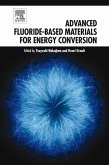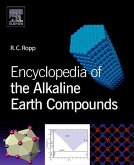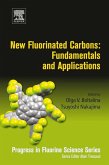Conventional Energy in North America: Current and Future Sources for Electricity Generation provides in-depth information on the current state of conventional energy sources used for electricity generation in the United States and Canada. As energy is a major force of civilization, determining, to a high degree, the level of economic and social development, this book provides relevant information and a deep analysis regarding the main problems associated with the use of fossil fuels for the generation of electricity in both countries. Finally, the book offers guidance for countries seeking to expand their use of conventional energy sources for electricity generation.
Users in government, energy experts, economists, politicians, academics, scientific institutions and universities, international organizations and the private and public power industry will find this book to be a great reference on what type of conventional energy sources should be used for electricity generation with the aim of reducing the emission of CO2 and other contaminated gases to the atmosphere.
Users in government, energy experts, economists, politicians, academics, scientific institutions and universities, international organizations and the private and public power industry will find this book to be a great reference on what type of conventional energy sources should be used for electricity generation with the aim of reducing the emission of CO2 and other contaminated gases to the atmosphere.
- Includes comprehensive information on the different types of conventional energy sources available in the USA and Canada, including their impact on climate, level of energy reserves, and levels of production and consumption
- Covers the pros and cons of each type of conventional energy source for electricity generation
- Features an analysis of what types of conventional energy sources should be used for future electricity generation in the USA and Canada, with the aim of reducing the emission of CO2 and other contaminated gas to the atmosphere
Dieser Download kann aus rechtlichen Gründen nur mit Rechnungsadresse in A, B, BG, CY, CZ, D, DK, EW, E, FIN, F, GR, HR, H, IRL, I, LT, L, LR, M, NL, PL, P, R, S, SLO, SK ausgeliefert werden.









